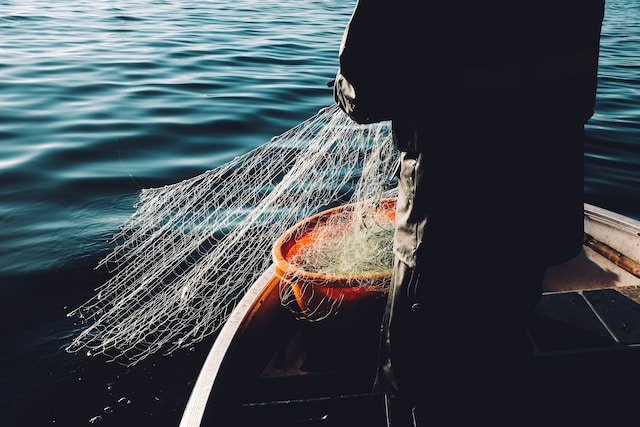Your basket is currently empty!
What is “purity” today, when we are afraid of “nuclear radiation”?
“Nuclear radiation water purity”. On March 11, 2011, a magnitude-9 earthquake struck the Tohoku region of Japan, causing a nuclear leak at the Fukushima nuclear plant in Japan. 10 years later, on April 13, 2021, the Japanese government officially discharged treated radioactive wastewater into the sea in two years and will do so continuously for 30 years.
Two years later, on August 24, 2023, the Fukushima nuclear plant in Japan formally began to discharge its treated radioactive wastewater into the Pacific Ocean, sparking international concern.

Here, we should understand the difference between nuclear waste water and radioactive wastewater because they are two different concepts.
Nuclear waste water refers to treated wastewater from nuclear plants, which typically contains tritium and has low levels of radioactivity. It poses minimal danger.
“Radioactive wastewater”, on the other hand, comes from the process of nuclear fuel production and use and mainly includes cooling water and radioactive wastewater from nuclear reactors, nuclear plants, and nuclear fuel treatment plants. The radioactive wastewater contains 64 radionuclides such as tritium, strontium, caesium, iodine, uranium, cobalt, etc., which have extremely high radioactive intensities. In addition, radioactive wastewater contains a large number of heavy metals, such as cadmium, lead, mercury, and arsenic, which are extremely dangerous.

Both radionuclides and heavy metals can seriously damage the marine environment and threaten human health. For example, caesium-137 and iodine-131, which are radioactive nuclear substances, will mainly cause damage to the thyroid gland, and tritium will cause oxidative damage to cells.
Heavy metals like mercury and lead can cause nerve damage in humans and animals, and cadmium can cause impaired kidney function and affect fertility. Also, substances such as chloride and sulfate cause damage to the immune systems of marine organisms, and nitrate affects the nervous systems of marine organisms.
Heavy metals can build up in the food chain and cause harm to various systems in our bodies, leading to chronic diseases.
Moreover, excessive heavy metals are more harmful to young children and adolescents than to adults and can easily cause problems in mental development, autism, ADHD, and other problems in children.
According to experts, Japan’s radioactive wastewater, under the action of ocean currents, will reach our coastal waters 240 days after its discharge; after 1,200 days, it will reach the coast of North America and cover almost the entire North Pacific Ocean; and 10 years later, there will not be a single piece of clean area in the world’s waters.

In order to maintain good health, it is crucial to avoid exposure to harmful radioactive substances and heavy metals. This includes ensuring clean and unpolluted sources of drinking water, food, and marine products.
However, when it comes to consuming fish for essential nutrients, the question remains: are there any pure and unpolluted options available?
Of course, the answer is yes. “Nuclear radiation water purity”.
To ensure the quality and safety of seafood products, it is advisable to purchase items made from sea fish caught in clean and unpolluted waters. Look for certifications that guarantee the origin and purity of the products.
Take fish oil as an example. It is very important to have IFOS certification, which is currently the only tripartite fish oil testing and certification organization in the world, and their standards are very strict on the content of active ingredients, impurities, freshness (degree of oxidation), detection of heavy metals, stability, and other batch testing of fish oil.
To ensure the highest quality fish oil, IFOS certification plays a crucial role. IFOS 5-star certification is the top level, and only a few global fish oil brands achieve this rating. This certification guarantees purity, active ingredient content, and compliance with heavy metal standards, ensuring the safety and well-being of consumers.

Protecting the Earth’s nature and environment and adhering to sustainable development is a common goal for the whole world, and we need to keep practicing it in our lives. At the same time, we hope that we can protect ourselves and our families and live a healthy and happy life!
Images courtesy of: Michele Blackwell, Fredrik Öhlander, Lukáš Lehotský on Unsplash
by
Tags:
